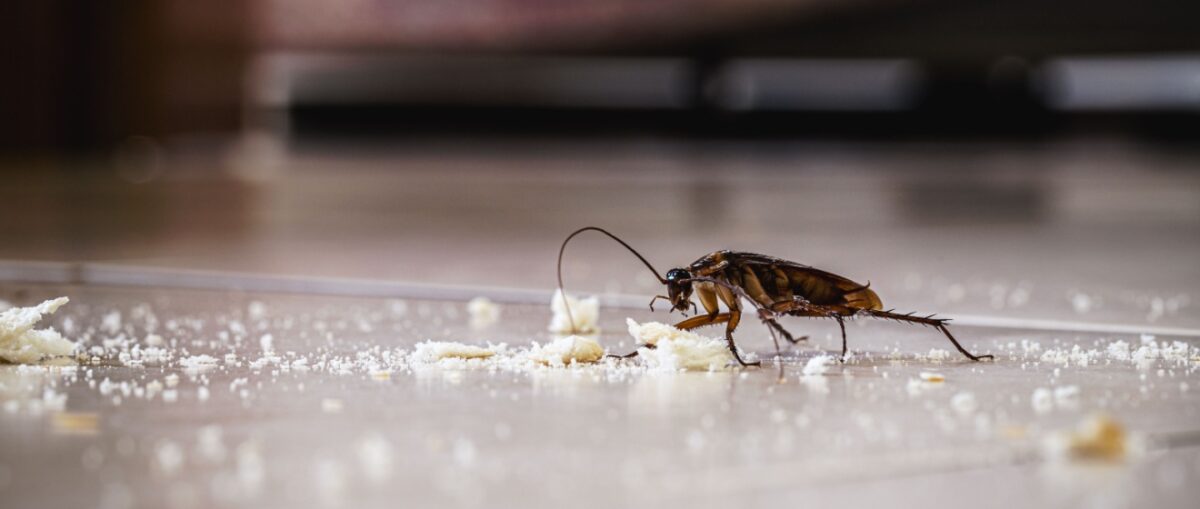As a property manager in New York City, facing the challenges of pest control is part and parcel of the job. The city’s dense population, aging infrastructure, and constant construction create a haven for pests such as rodents, cockroaches, bed bugs, and more. Effective pest management is crucial not only for the comfort and safety of tenants but also for maintaining the integrity and value of the property. Here’s everything you need to know about pest control as a property manager in NYC.
Understand the Common Pests
Knowledge about the types of pests common in NYC and their behavior is the first step in effective pest control. Rodents, cockroaches, and bed bugs are among the most prevalent pests. Each requires a different approach for prevention and eradication. For example, while sealing entry points might be effective against rodents, it won’t deter bed bugs, which are often brought into buildings by tenants themselves.
Preventive Measures
Prevention is key in pest control. Implementing routine maintenance checks, educating tenants on prevention practices, and ensuring proper waste management can significantly reduce the risk of pest infestations. Regularly inspecting the property for signs of pests, such as droppings, nests, or damage, can help catch problems before they escalate.
Tenant Education and Communication
Educating tenants about their role in pest prevention is crucial. Simple measures, such as properly storing food, disposing of garbage, and reducing clutter, can significantly lower the risk of pests. Regular communication about the importance of reporting pest sightings immediately can also aid in early detection and treatment.
Choosing the Right Pest Control Services
When pest infestations occur, professional pest control services are often necessary to effectively address the problem. Choosing the right service provider is crucial. Look for companies with experience in dealing with the specific types of pests common in NYC apartments, and check for licenses and reviews. A good pest control company will offer not just eradication services but also recommendations for preventing future infestations.
Integrated Pest Management (IPM)
Adopting an Integrated Pest Management (IPM) approach can be highly effective. IPM focuses on long-term prevention and uses a combination of techniques such as biological control, habitat manipulation, and use of resistant varieties. Chemicals are used only as a last resort, minimizing the risk to tenants and the environment.
Documentation and Record-Keeping
Maintaining detailed records of all pest control measures, inspections, and treatments is essential. This documentation can be crucial for legal compliance, resolving tenant disputes, and identifying patterns or recurring problems that require more targeted solutions.
Responding to Infestations
Prompt action is critical when an infestation is identified. This may involve coordinating with pest control professionals, informing and preparing tenants for treatments, and following up to ensure the problem is fully resolved. It’s also important to review and adjust prevention strategies to avoid future infestations.
Effective pest control is a critical aspect of property management in New York City. By understanding the pests, implementing preventive measures, educating tenants, and working with professional pest control services, property managers can protect their buildings and ensure a safe, comfortable environment for their tenants. Remember, effective pest management is not just about reacting to problems but preventing them from occurring in the first place.




